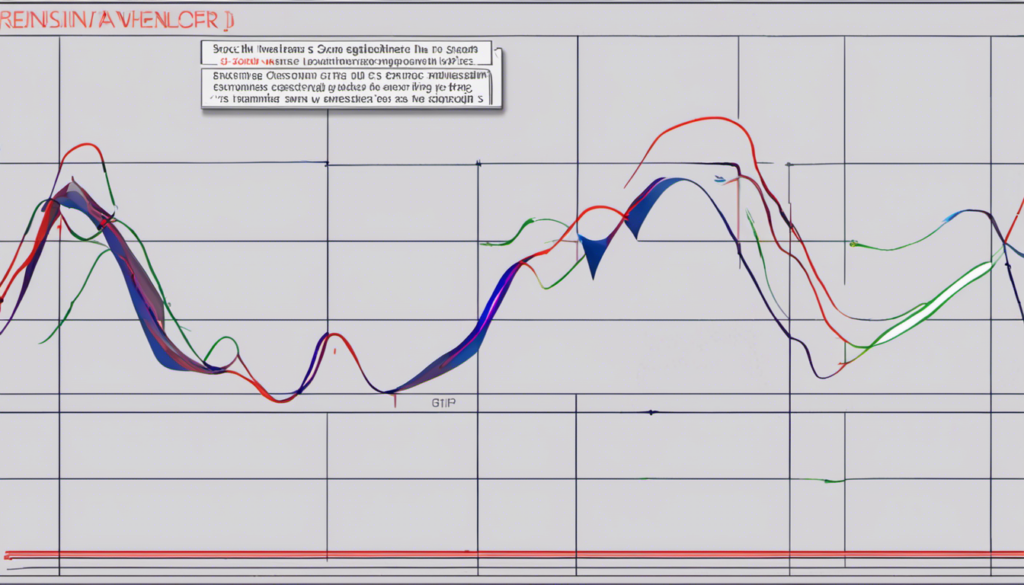Investigating the Potential Use of Sonic Frequencies and Wavelengths in Encrypted Trading Communications and Signals
Introduction
As technology continues to advance, the financial industry is constantly seeking innovative ways to enhance security and efficiency in trading communications and signals. One emerging area of interest is the investigation of sonic frequencies and wavelengths as a means of encrypted communication in financial transactions. This article explores the potential use of sonic technology in the world of finance.
The Science Behind Sonic Frequencies and Wavelengths
Sonic frequencies refer to the ranges of sound waves that are audible to the human ear, typically between 20 Hz and 20,000 Hz. Wavelength, on the other hand, measures the distance between successive crests or troughs of a wave. By harnessing the unique properties of sonic waves, it is possible to create encrypted communication channels that are difficult to intercept or decode.
Here are some potential applications of sonic frequencies and wavelengths in encrypted trading communications and signals:
| Potential Application | Description |
|---|---|
| Zero-Footprint Finance | A concept that focuses on minimizing digital footprints in financial transactions, ensuring greater privacy and security. |
| Tactile Digital Wallets | Integrating haptic feedback technology into digital wallets, providing users with a unique sensory experience. |
| Tribal Finance Structures | Exploring financial models inspired by traditional tribal systems to create resilient and community-driven ecosystems. |
| Quantized Financial Systems | Using quantum principles to develop secure and efficient financial systems. |
| Agro-Fintech Innovations | Blending agricultural technology with fintech to improve financial services for farmers and agricultural businesses. |
Advantages and Challenges
Utilizing sonic frequencies and wavelengths in encrypted trading communications and signals offers several advantages:
- Enhanced Security: Sonic technology can provide an additional layer of encryption, making it more difficult for malicious actors to intercept sensitive financial information.
- Efficient Communication: Sonic waves can transmit information quickly and accurately, enabling streamlined and reliable trading communications.
- Low Interference: Unlike other wireless communication methods, sonic frequencies are less susceptible to interference from electronic devices, ensuring a more reliable connection.
However, there are also challenges associated with implementing this technology:
- Transmission Range: Sonic waves have limited distance capabilities, which may require the installation of specialized infrastructure for long-distance communication.
- Environmental Factors: External noise and physical barriers can affect the quality and reliability of sonic communication channels.
- Standardization: Implementing a universal standard for sonic encryption in the financial industry may require collaboration between various stakeholders.
Conclusion
The investigation of sonic frequencies and wavelengths in encrypted trading communications and signals holds the potential to revolutionize the financial industry by providing enhanced security and efficient communication. While there are challenges to overcome, continued research and development in this area can lead to innovative solutions that benefit traders, institutions, and consumers alike.




